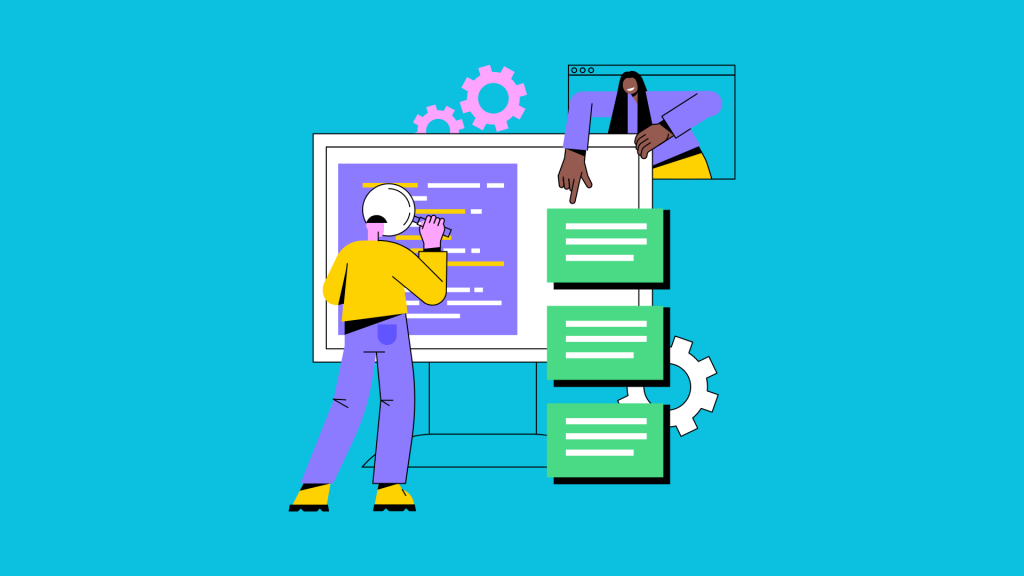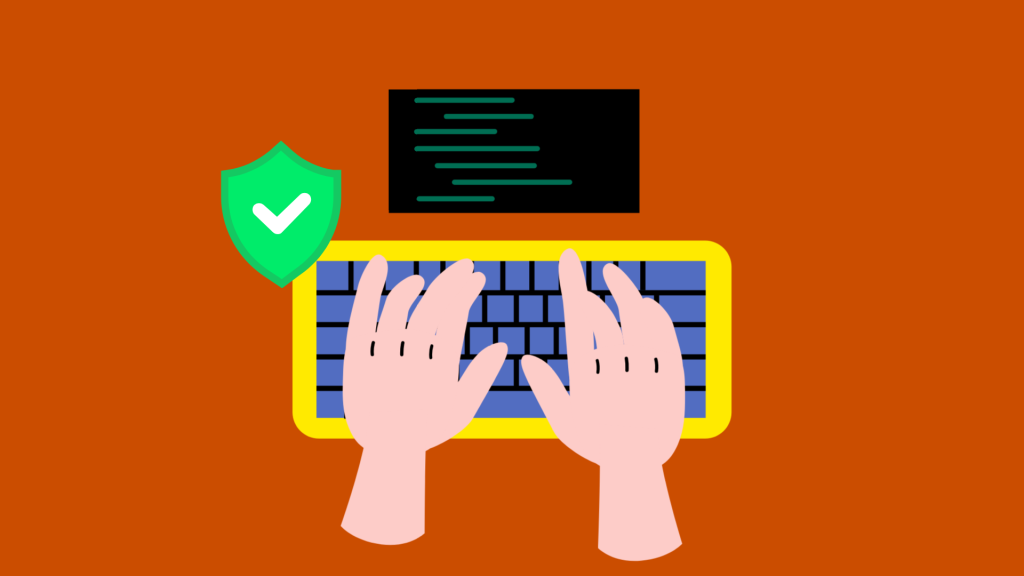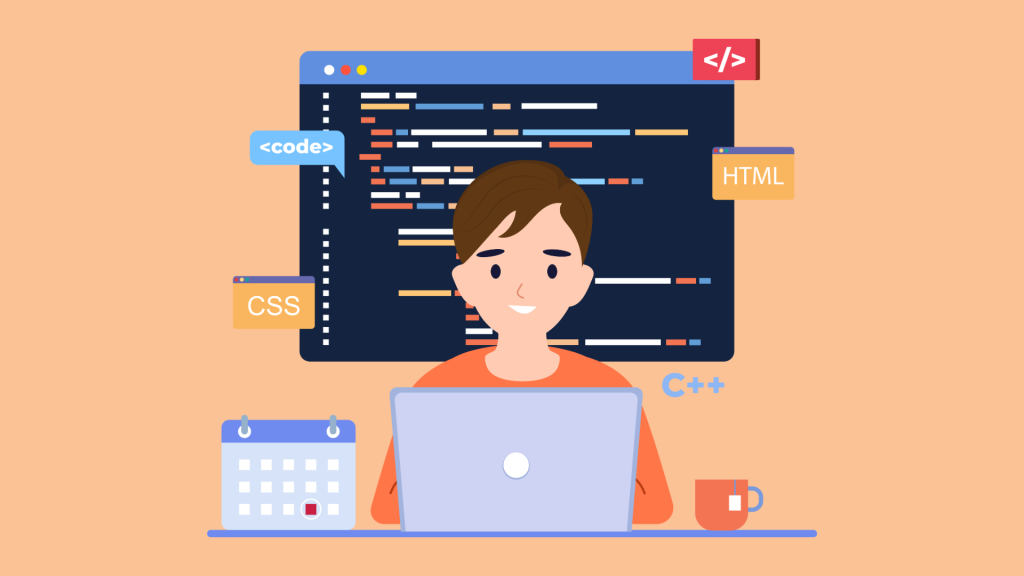Software development has evolved rapidly over the years, with an increasing emphasis on agility, collaboration, and quality. This evolution is evident in how developers approach application monitoring, development trends, and adopting cross-platform and progressive web app development solutions.
The trends in app development signify a shift towards more efficient, flexible, and user-centric solutions. Developers leverage artificial intelligence (AI), machine learning (ML), and cloud technologies to create smarter and more adaptable applications.
Best Practices of Software Development in 2024
The best development practices focus on creating high-quality, efficient, and user-friendly software.
Continuous integration and deployment are also key, allowing developers to regularly integrate code changes. Testing the software regularly ensures that adding to or changing it doesn’t cause new bugs or break functions that were working before.
Refactoring aims to make the software more flexible and extensible by improving its structure, performance, and readability without altering its exterior behavior.
The App Founders compile these below-mentioned practices to help developers automate the deployment process, leading to faster delivery and fewer errors:
1- Define Clear Objectives:

Clear objectives in software development best practices refer to specific, measurable goals that guide the development process toward successful outcomes. These objectives are benchmarks for assessing progress, making decisions, and ensuring alignment with project goals.
2- Conduct Thorough Requirement Analysis:

Conducting thorough requirement analysis is a critical step in development that involves gathering, documenting, and analyzing the needs and expectations of stakeholders.
Collaborate with stakeholders to prioritize requirements based on their importance, urgency, and feasibility. Use techniques like MoSCoW prioritization (Must-Have, Should-Have, Could-Have, Won’t-Have) to distinguish between essential and optional requirements.
3- Agile Methodology Implementation:

Implementing Agile methodology in software development involves several key steps to ensure its successful adoption.
Create a product backlog containing a prioritized list of features, user stories, and tasks. Therefore, plan iterative development cycles, known as sprints, typically lasting 1-4 weeks.
4- Effective Development Methodology:

You need to use a methodical approach to making software for any technical thing.
The Software Development Life Cycle (SDLC) is a thorough flowchart that shows clear goals and things that need to be done. Which SDLC to use depends on the project’s needs, what the client wants, the specs, and the deadlines.
5- Implementing Continuous Integration:

Implementing Continuous Integration (CI) is a smart way to ensure code changes are smoothly integrated into a shared repository. First, developers regularly merge their code changes into the main repository.
Next, automated tests and cross-platform mobile app development solutions are run to check if the changes work well with the existing code.
6- Conducting Effective Code Reviews:

Conducting effective code reviews is crucial for improving the quality of software.
Firstly, start by setting clear objectives for the code review. This helps everyone understand what they’re aiming for. Next, select the right reviewers with the expertise to provide valuable feedback.
7- Implementing Secure Coding Practices:

Implementing secure coding practices is essential for keeping software safe from cyber threats. It involves following guidelines and techniques to write code resistant to security vulnerabilities and attacks. Using secure coding practices, progressive web app development solutions can prevent common security issues such as SQL injection, cross-site scripting, and buffer overflows.
8- Adaptability and Scalability:

Best practices for software projects encourage projects to be flexible and able to grow. Adding new features and functions makes keeping up with changing user needs and industry trends easier when the software is well-structured, the design is modular, and coding standards are followed.
9- Use A Framework for Applications:

When making software, writers must use application frameworks instead of starting from scratch. Frameworks give developers tools and software parts that can be used repeatedly, speeding up the development process.
10- Proactive Error Handling Strategies:

Proactive error-handling strategies are important for ensuring that software can gracefully handle unexpected situations. These strategies involve anticipating potential errors and implementing measures to prevent or mitigate their impact. One approach is input validation to check data for errors before processing it.
11- Set Up a Version Control System:

When more than one worker works on the same software project, using a version control system is one of the best things that can be done.
In addition, version control systems let you go back to earlier versions if you make a mistake without stopping the work of other team members.
12- Implementing Caching Mechanisms:

Implementing caching mechanisms is a smart way to improve the performance and scalability of software applications. However, start by identifying frequently accessed data or resources that could benefit from caching.
Then, select an appropriate caching strategy based on data volatility and access patterns. Next, implement caching using tools or libraries that support caching functionality.
13- Documentation Maintenance Strategies:

Documentation maintenance strategies are crucial for keeping documentation accurate and up-to-date. First, establish clear documentation standards to ensure consistency and clarity across all documents.
Then, assign responsibility for maintaining and updating documentation to specific team members or roles.
Next, schedule regular reviews to identify outdated or inaccurate information and make necessary revisions.
14- Planning Before Coding:

To make the best software, you must follow good software development techniques. It means making plans and pictures of the software program before you write any code. This means thoroughly planning how the software will work, how the user will interact, and how it is built.
15- Continuous Delivery of Software Updates:

Ensuring continuous delivery of software updates is essential for keeping software current and meeting user needs. Therefore, developers frequently integrate code changes into a shared repository, ensuring that new features and fixes are ready for release.
16- Implement Refactoring:

Using app development trends and refactoring techniques makes software more accessible to manage and makes it easier to make improvements in the future. This smart move keeps the software flexible and makes it easier to find your way around and change as the needs of the project change. As a best practice, refactoring makes code that will last for a long time.
17- Testing Across Different Platforms

Testing across different platforms is essential for ensuring that software functions properly and provides a consistent experience for users across various devices and operating systems. Therefore, this process involves conducting comprehensive testing on multiple platforms.
18- Utilizing Logging and Error Tracking Tools

Using tools for logging and tracking errors is important for finding and fixing problems in software. First, developers add logging tools to their apps to keep track of important data about how the system works and how users interact with it. Next, error tracking tools gather and examine error reports, which give information about the main reasons for problems.
Conclusion:
Software development emphasizes agility, collaboration, and quality. Agile methodologies, continuous integration, and robust security measures are key. Overall, in 2024, development best practices are characterized by a relentless focus on delivering high-quality, innovative solutions that meet the evolving needs of users and businesses alike.























